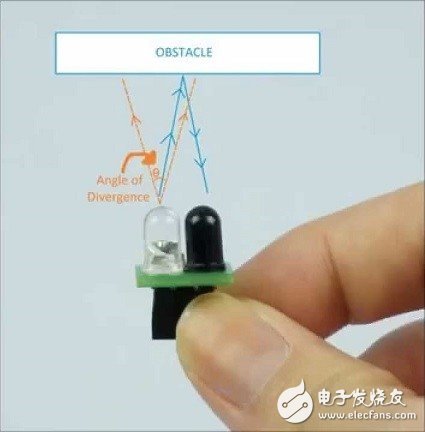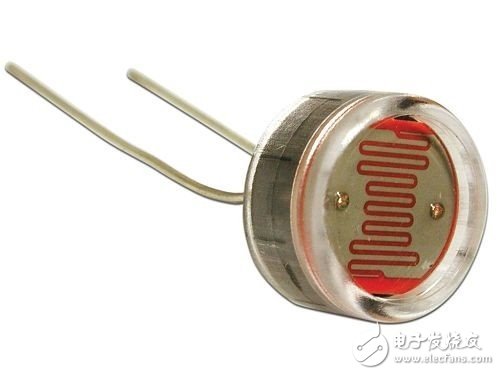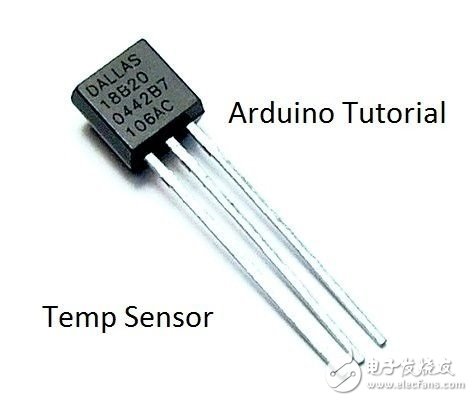In the era of the Internet of Everything, sensors are one of the most critical components.    According to the general division, the Internet of Things is divided into three parts: the sensing layer, the network layer and the application layer. The sensing layer, as the data source of the network layer transmission and the data foundation of the application layer calculation, plays a vital role. The important components that make up the sensing layer are a variety of sensors. Sensors can be divided into different categories according to different divisions. For example, according to the measured non-electrical physical quantity division, it can be divided into a pressure sensor and a temperature sensor. According to the working mode when converting non-electrical physical quantities into electrical physical quantities, it can be divided into energy conversion type (no additional energy access when working) and energy control type (additional energy access when working). In addition, it can be divided into ceramic sensors and integrated sensors according to the manufacturing process. We start with a variety of different non-electrical physical quantities to measure the sensors that are common in the Internet of Things. distance sensor The distance sensor can be divided into optical and ultrasonic according to the pulse signal emitted during ranging. The principle of the two is similar, by sending a pulse signal to the measured object, receiving the reflection, and then calculating the distance of the measured object according to the time difference, the angle difference and the pulse speed. Distance sensors are widely used in mobile phones and various smart luminaires, and products can vary according to the user's different distances during use. Light sensor The working principle of the light sensor is to use the photoelectric effect to convert the intensity of the ambient light into a power signal through the photosensitive material. Depending on the photosensitive material of different materials, the light sensor will have various divisions and sensitivities. The light sensor is mainly used in the ambient light intensity monitoring of electronic products. The data shows that in general electronic products, the power consumption of the display is as high as 30% of the total power consumption. Therefore, changing the brightness of the display with the change of ambient light has become the most important energy-saving means. In addition, it can intelligently make the display more soft and comfortable. Temperature Sensor The temperature sensor can be roughly divided into two types, contact type and non-contact type. The former is to let the temperature sensor directly contact with the object to be tested to sense the temperature change of the measured object through the temperature sensitive element, and the latter is to make the temperature sensor Maintain a certain distance from the object to be tested, and detect the intensity of the infrared radiation emitted from the object to be measured, thereby calculating the temperature. The main applications of temperature sensors are in areas where temperature is closely related to intelligent insulation and ambient temperature detection. Tablet PC Tablet Pc,tablet pcs,Best Tablet Pc,Best Tablet Computer,Industrial Tablet Pc,industry tablets Shenzhen Hengstar Technology Co., Ltd. , https://www.angeltondal.com



Inventory: 6 sensors commonly used in the Internet of Things
Tablet pc have many distinctive features. The first is portability. They are thin, light, and easy to carry. They can be easily put into a backpack or handbag. The screen display is excellent, usually with high-definition resolution and bright colors, providing a clear and realistic visual experience. The operation is simple and intuitive. You can complete various operations by touching the screen, which is sensitive and convenient. The performance is constantly improving, which can meet the needs of multitasking and running various applications. The battery life is relatively good, and it can be used for several hours on a single charge, which meets daily use. And it has a variety of interfaces, such as USB and headphone jacks, which are convenient for connecting external devices. In addition, the appearance design of tablets is fashionable and beautiful, and there are many styles and colors to choose from.
Android Tablet PC: stylish appearance and powerful functions. It is thin and portable, with smooth lines, easy to carry at any time. Made of high-quality materials, it is sturdy and durable. Excellent performance, powerful processor with sufficient memory, multi-tasking is easy. The high-definition display has vivid colors and the touch is accurate and sensitive. A rich Android application resource is a major advantage. Office software improves work efficiency, learning applications help knowledge acquisition, and entertainment applications make leisure time more exciting. It can read, watch movies, and play games to meet various needs.
Rugged Tablet PC are designed to cope with a variety of harsh environments and have a wide range of application scenarios. In the industrial field, it is a powerful assistant for engineers and technicians. Whether in a noisy workshop or outdoors in extreme temperatures, it can operate stably to perform equipment testing, data collection and other tasks. In logistics transportation, couriers can rely on their durability and portability to efficiently scan cargo barcodes and update logistics information in real time. When the public security enforces the law, the reinforced tablet can quickly query and enter information, without fear of bumps and bad weather, to ensure the smooth progress of law enforcement. In the military field, it adapts to complex terrain and harsh conditions, and provides strong support for combat command and information processing. In short, with its ruggedness and high performance, the reinforced tablet plays an important role in many special scenarios.
L-type Tablet: innovative design, expanding diverse applications.
The L-type tablet brings a new user experience with its unique shape, and its application scenarios are rich and diverse.
In the medical field, when doctors perform surgery, the L-type tablet can be fixed in a specific position, which is convenient for viewing medical records and surgical materials without holding it, improving surgical efficiency and safety. In educational scenarios, students can stand it on the desktop, watch teaching videos, and take notes at the same time to achieve efficient learning. For designers, the unique angle of the L-type tablet can better display design drawings and effects, and facilitate communication and modification with the team. In the retail industry, the L-type tablet can be used as a display terminal to attract customers with a unique form, and display product information and promotional activities. In short, the L-type tablet has unique value in many fields with its innovative design.
Smart Tablet PC: a smart choice, integrated into multiple scenarios. Smart tablets are widely used in many fields due to their powerful functions and convenience. In the field of education, they have become an important tool for online teaching. Students can access rich learning resources through smart tablets, interact with teachers and classmates, breaking the limitations of time and space. In the office, smart tablets are convenient for remote meetings, document annotations and presentations, and improve team collaboration efficiency. When entertaining at home, smart tablets allow you to enjoy high-definition movies and play exciting games, bringing you a pleasant leisure time. In terms of commercial display, it can vividly display product information and service content to attract customer attention. In short, smart tablets have shown excellent value in learning, work and entertainment scenarios.